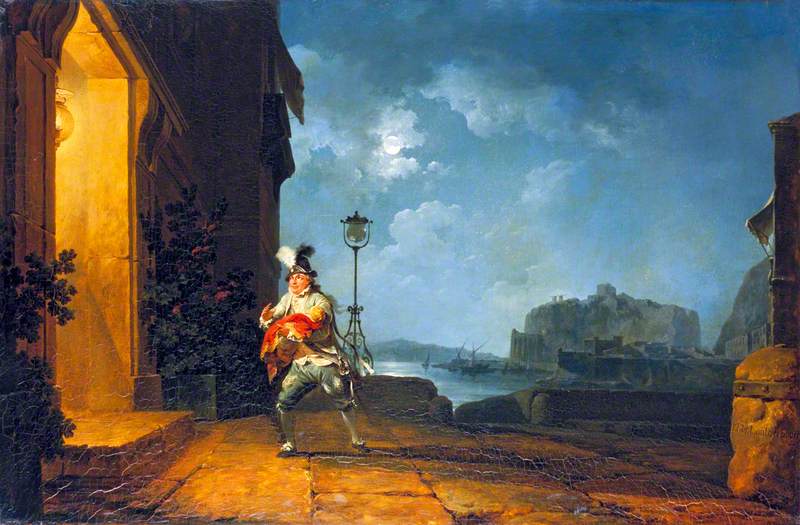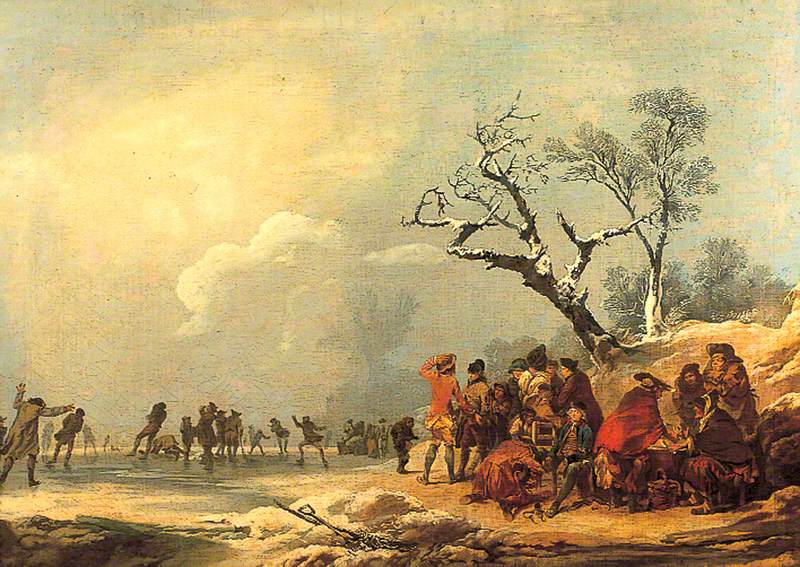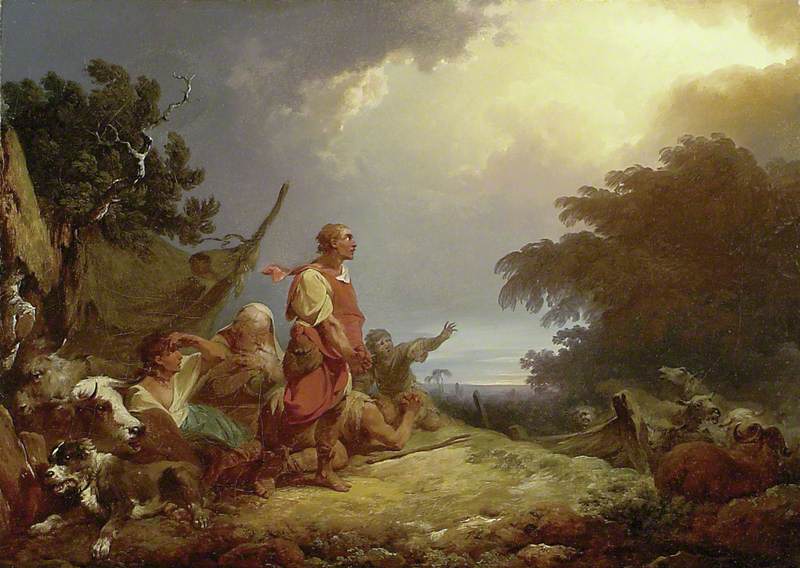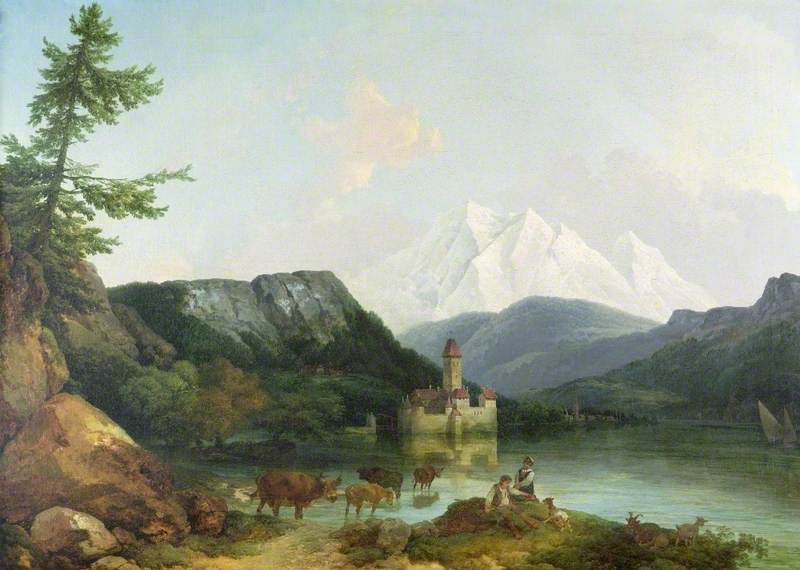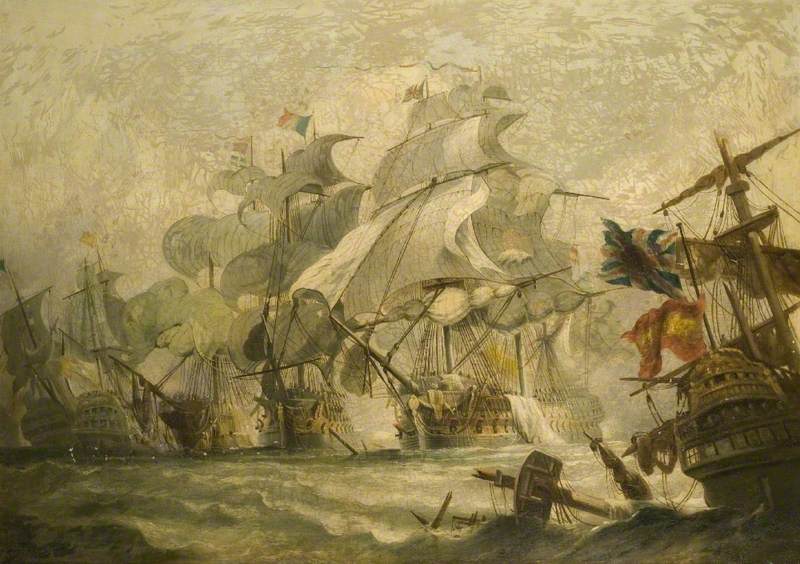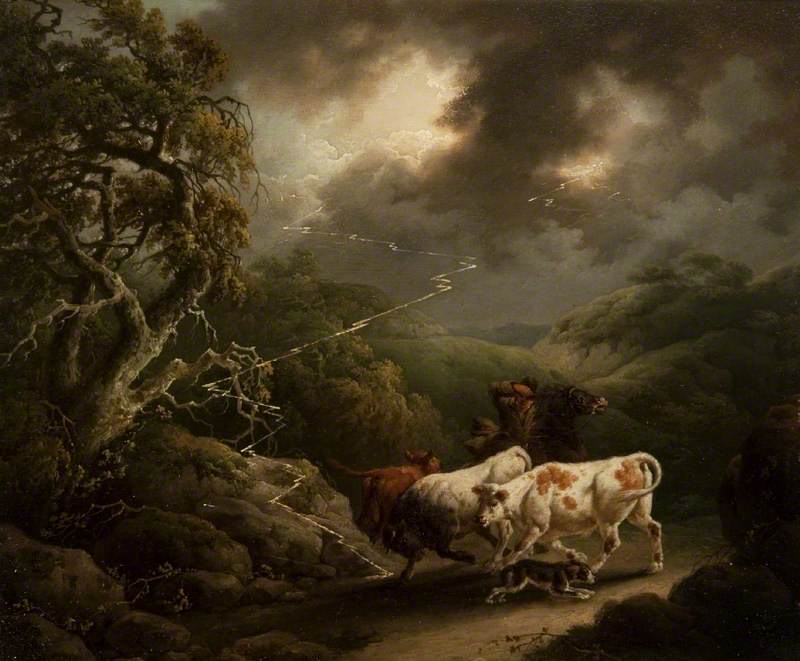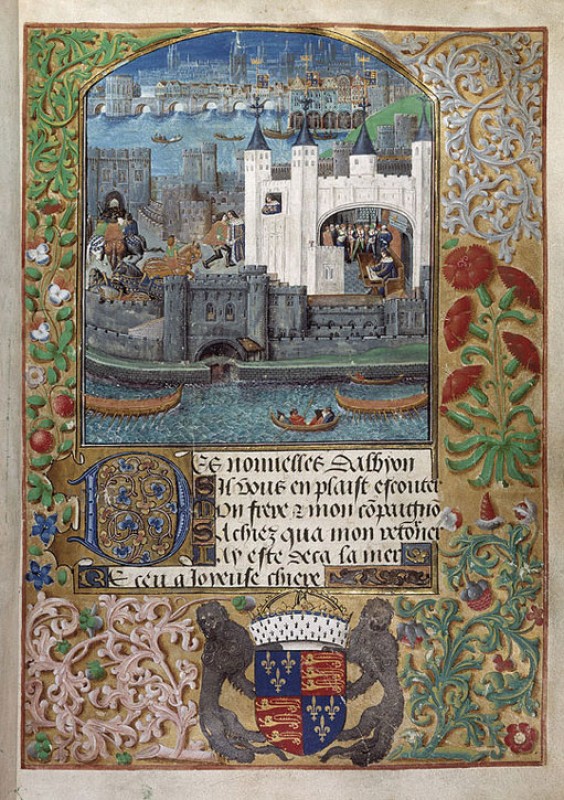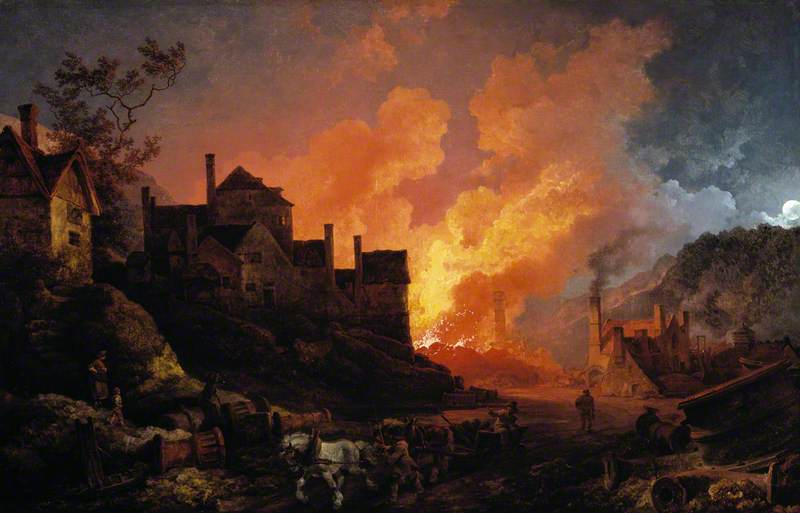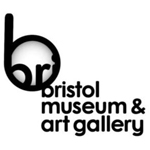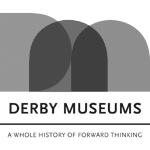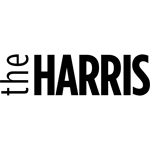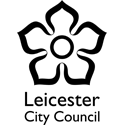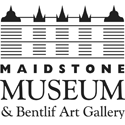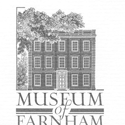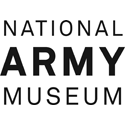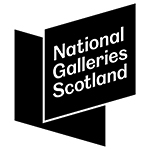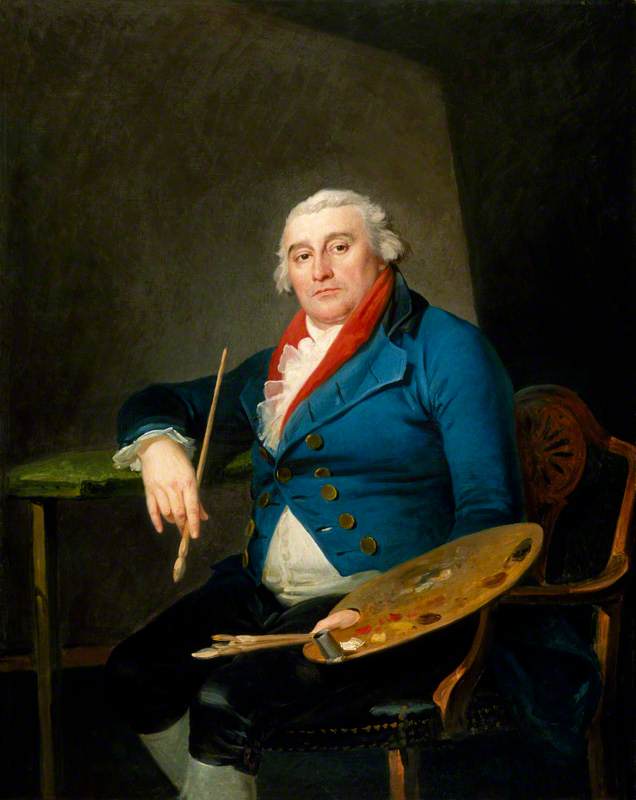
Philippe Jacques de Loutherbourg 1805–1810
Philip James de Loutherbourg (1740–1812)
National Portrait Gallery, London
(b Strasbourg, 31 Oct. 1740; d Chiswick, Middlesex [now in Greater London], 11 Mar. 1812). French painter, stage designer, and illustrator, active mainly in England. He was the son of an engraver and miniaturist. In 1755 he moved to Paris, where he trained under Carle van Loo and Giovanni Battista Casanova (1728–95) (brother of the famous amorist), a painter of battle, hunting, and equestrian scenes. During the 1760s he enjoyed considerable success at the Salon, mainly with landscapes. In 1771 he settled in London, armed with an introduction to the actor-manager David Garrick, for whom he became a highly inventive designer of spectacular stage sets at Drury Lane Theatre. After Garrick's retirement in 1776, Loutherbourg continued under his successor Richard Brinsley Sheridan, but in 1781 he left Drury Lane and launched his own theatrical entertainment, the Eidophusikon.
Text source: The Oxford Dictionary of Art and Artists (Oxford University Press)
